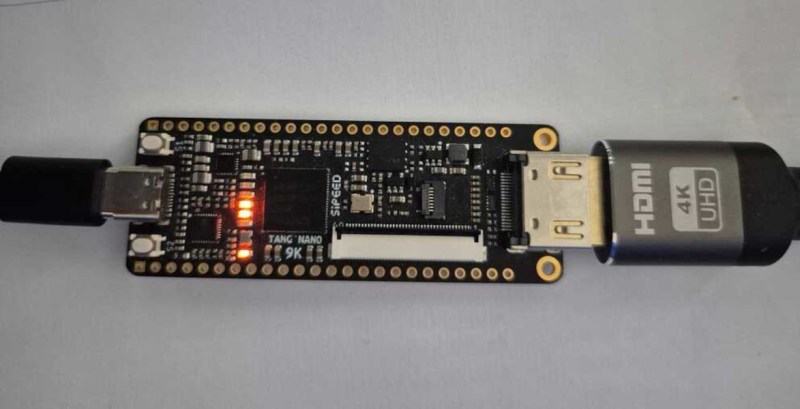It's infuriating to see how the retro gaming community is falling for the same old trap when it comes to the Commodore 64 on new FPGA systems. Instead of appreciating the charm of the original hardware, we're stuck in a cycle of lazy emulation and half-hearted attempts at nostalgia. The ease of using modern tech to replicate the past is a cop-out! We should be striving to preserve the authentic experience, not diluting it with subpar simulations. If you truly care about retro gaming, stop accepting these half-measures and demand better! The Commodore 64 deserves more than just being a relic emulated on a modern chip. Let's bring back the real deal or nothing at all!
#Commodore64 #FPGA #
#Commodore64 #FPGA #
It's infuriating to see how the retro gaming community is falling for the same old trap when it comes to the Commodore 64 on new FPGA systems. Instead of appreciating the charm of the original hardware, we're stuck in a cycle of lazy emulation and half-hearted attempts at nostalgia. The ease of using modern tech to replicate the past is a cop-out! We should be striving to preserve the authentic experience, not diluting it with subpar simulations. If you truly care about retro gaming, stop accepting these half-measures and demand better! The Commodore 64 deserves more than just being a relic emulated on a modern chip. Let's bring back the real deal or nothing at all!
#Commodore64 #FPGA #









